Freeze drying vs dehydrating. What is the difference? Both freeze-drying and traditional food dehydration methods involve removing water and other liquids from food.
Both dehydrating food and freeze drying transform the food into a state where microbial activity is either reduced or completely inhibited. And both processes aim to extend the shelf life of the food by reducing moisture content to a level that ensures food safe stability and prevents spoilage.
But that’s about where the similarities of these food preservation methods end. We explore freeze drying vs dehydrating in this post. These are tried and true food preservation methods. And they have very different uses and outcomes.
Both freeze dried and dehydrated foods have a place in food preservation. Once you learn the value and beauty of both methods, the freeze drying dehydration mystery will be solved. Let’s get into it.
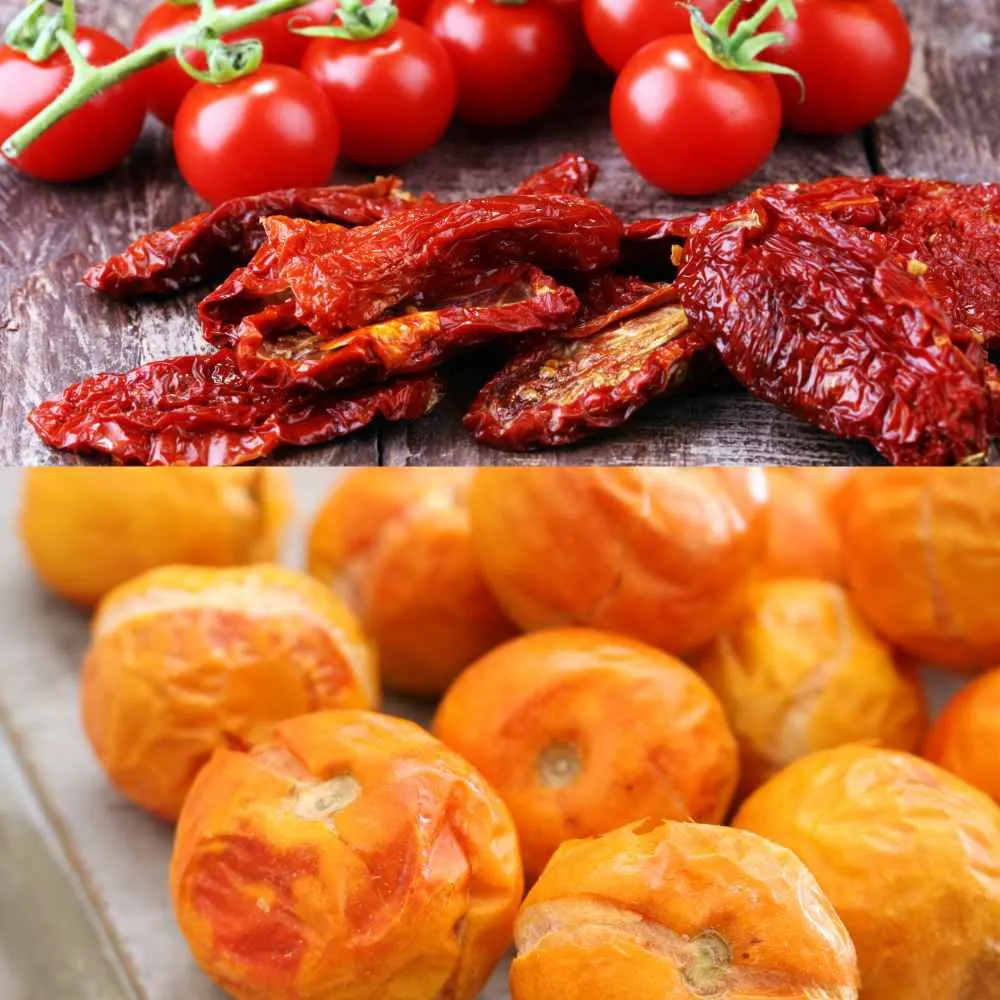
Freeze Drying VS Dehydrating:
Freeze drying vs dehydrating is best explored by going into each process and taking a look at them. We begin with the more familiar food dehydrating process.
What is Food Dehydrating?
Food dehydrating has been used for thousands of years by farmers, entrepreneurs and households to preserve food. Sun drying, air drying, and oven drying are all different ways to dehydrate food.
The key is warm air circulation around the food. The warm air will eventually dry the food out. This can be done as simply as braiding together your herbs, garlic or onions and hanging them from a rafter in a warm room for several weeks.
You can place tomatoes on a woven open tray with air circulation and set it outside and allow the sun to dry the tomato slices out if you live in a warm climate and want sun dried tomatoes. Finally, a food dehydrator or your oven can be used for food drying.
Dehydrated foods will concentrate the sugars and intensify the flavor of the foods. The texture of dehydrated foods is often leathery. Fruits like apricots and prunes or grapes will usually shrink and develop a leathery, shriveled appearance and a chewy texture. Meat is often dried as jerky or smoked meats using a meat smoker.
We have several Articles on how to dehydrate foods with a home food dehydrator. Currently I have a Cabela Food Dryer. Its works fantastic for making sun dried tomatoes, apple chips, pears and other yummy foods from the garden.
Food dehydration is simple, inexpensive and preserves some food well for several weeks to several months or even longer. To hold some dehydrated foods I will freeze them.
What Is Freeze Drying?
Freeze-drying is a sophisticated food preservation method that freezes the food as it reduces the pressure in the food chamber and creates a vacuum. After vacuum freezing, controlled heat slowly removes moisture from the food by sublimation. The result is a very dried food with almost all its nutrients retained. The flavor is often more intense after freeze drying.
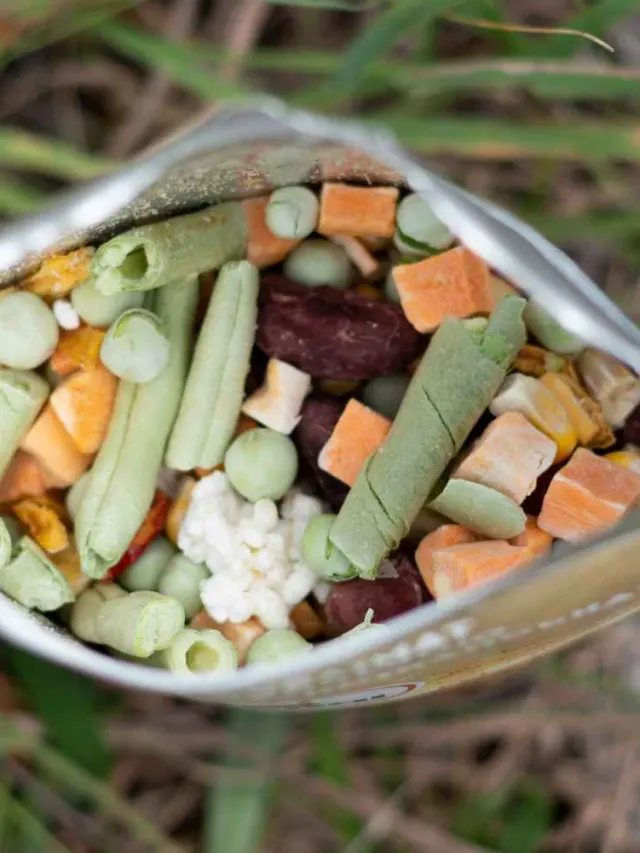
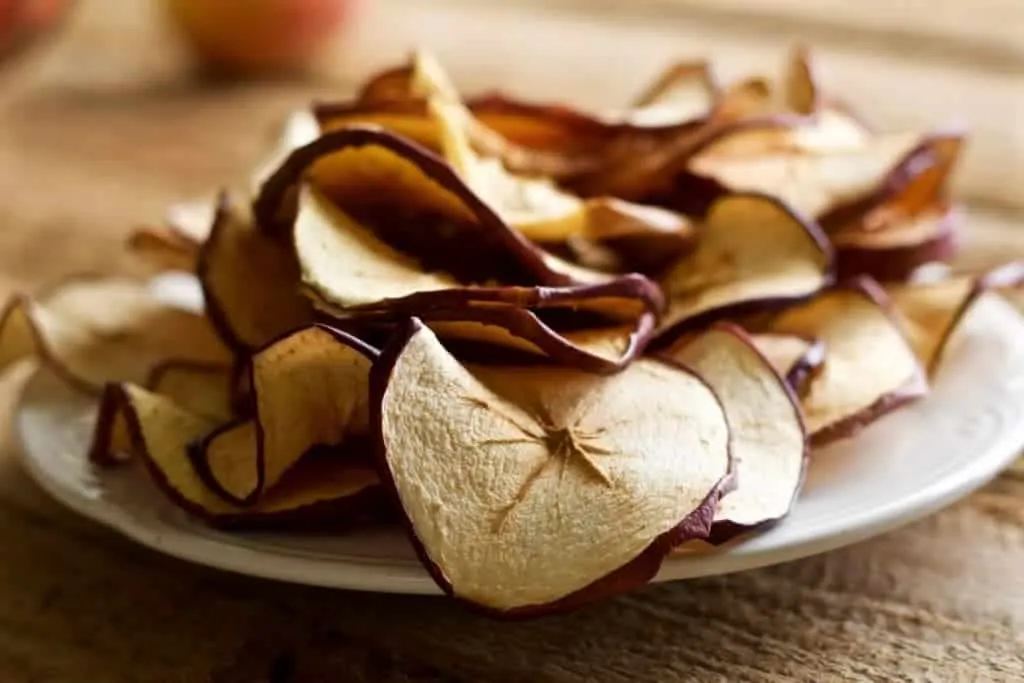
Freeze drying vs dehydrating is a personal choice in food preservation. Its all about what you want to do with your food. Making your own MREs is very valuable and will quickly make a home freeze dryer pay off if you camp or hike all the time and want to bring your own meals. You can also freeze dry leftovers, or make emergency meals for your piece of mind if disaster strikes.
What is the history of freeze drying? Historical records show ancient cultures practiced a form of early, rudimentary freeze-drying. In cold climates, food left outside in freezing temperatures sometimes experienced a process similar to freeze-drying as water froze and sublimated in the food.
For example, Inuit people in the Arctic would freeze-dry fish by laying them out in the freezing temperatures. The extreme cold would cause the water within the fish to freeze. The dry Arctic winds would evaporate the ice through sublimation, effectively removing most of the moisture from the fish.
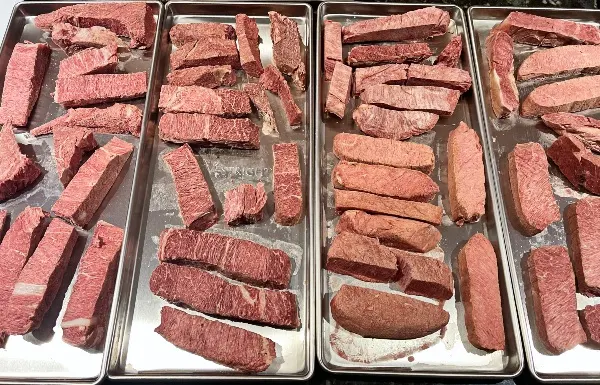
Modern Freeze drying:
The precision and control achieved through modern freeze-drying technology is vastly superior to the primitive freeze drying efforts of past cultures. The foods that are freeze dried have excellent flavor, nutritional value and are reliably food safe.
Can you freeze-dry at home? Yes! Modern freeze drying is push button simple and removes all but about 1 to 4% of the foods moisture with a home freeze dryer like my Harvest Right Pro. You can also freeze dry in your freezer…but this method is unreliable and problematic and not recommended when compared to modern freeze dryers output.
Freeze Drying Advantages:
Is freeze-drying better than dehydrating? In some ways yes.
- Freeze drying machines are versatile. They are able to handle a wide variety of foods, including soups stews, dairy and even whole casseroles.
- Freeze drying will retain significantly more nutrients than simple dehydration can save.
- Freeze drying will make your food safe to eat, when properly packaged and stored, for up to 20 years or more storage at room temperature.
- Freeze drying removes a great deal more of the food moisture than regular dehydration which is why the foods hold so long and so well compared to dehydrated foods.
- Freeze drying meat can be done with raw or cooked meats.
Even the most modern food dehydrator cannot compete with freeze drying in these criteria. And to be fair, food dehydrators are not designed to compete with freeze dryers. Food dehydrating is a different kind of food preservation not in direct competition to freeze drying, in most respects. You cannot replace one method with the other.
How about freezedried vs frozen foods? The freeze dryer will save you freezer space since freeze dried food does not need to be kept frozen. I do use my chest freezer to pre-freeze foods on trays before freeze drying them. This saves time and energy.
The differences between freeze dried and frozen foods:
- While the quality of frozen foods is very high it has a relatively short life in a freezer before its quality degrades.
- Freeze dried food won’t cost any electricity to store over time like frozen foods do.
- Your freeze dried food is unaffected by power outages or faulty freezers. I have lost so much food due to both of these in my freezers.
- And for long term storage freeze dried food will last WAY longer with high nutritional value than either frozen or dehydrated food of any kind.
The differences in Cost:
Freeze drying vs dehydrating or freezing food has hugely different costs. Freeze dryers for the home and their accessories are an expensive investment. While home food dehydrators can be made to easily fit into your home and budget. But keep in mind, for long term storage of herbs and recipe ingredients, dairy products, garden produce and full meals, freeze dryers are hard to beat.
Want to pay your set up costs off quickly? Sell your freeze dried food. Freeze dried candy is all the rage right now. It’s yummy, easy to make and commands a very good price.
What Food Cannot be Freeze Dried?
Do NOT try to freeze dry butter, peanut butter, honey, syrups, jams, oily foods and mayonnaise or other mayo based or highly fatty condiments and dressings. And sadly, pure chocolate will just melt and bubble in your freeze dryer. Rule of thumb is stay away from high sugar and high fat content foods when freeze drying.
What are the Disadvantages of Freeze-Drying?
- Freeze drying has a very large up front investment cost when compared to a food dehydrator. You need to use it a lot to make the initial set cost make sense.
- Freeze dryers can also take a lot of electricity to finish a batch of food depending on what you are freeze drying. This expense will amortize over time, due to the long shelf life of the food products it creates.
- The texture of freeze dried food is very dry, and very crisp and porous, rather like chewing styrofoam in some cases, before rehydration. Other foods come out very crunchy. Not everyone enjoys the texture of freeze dried food. I recommend you try freeze dried food before you commit to this method.
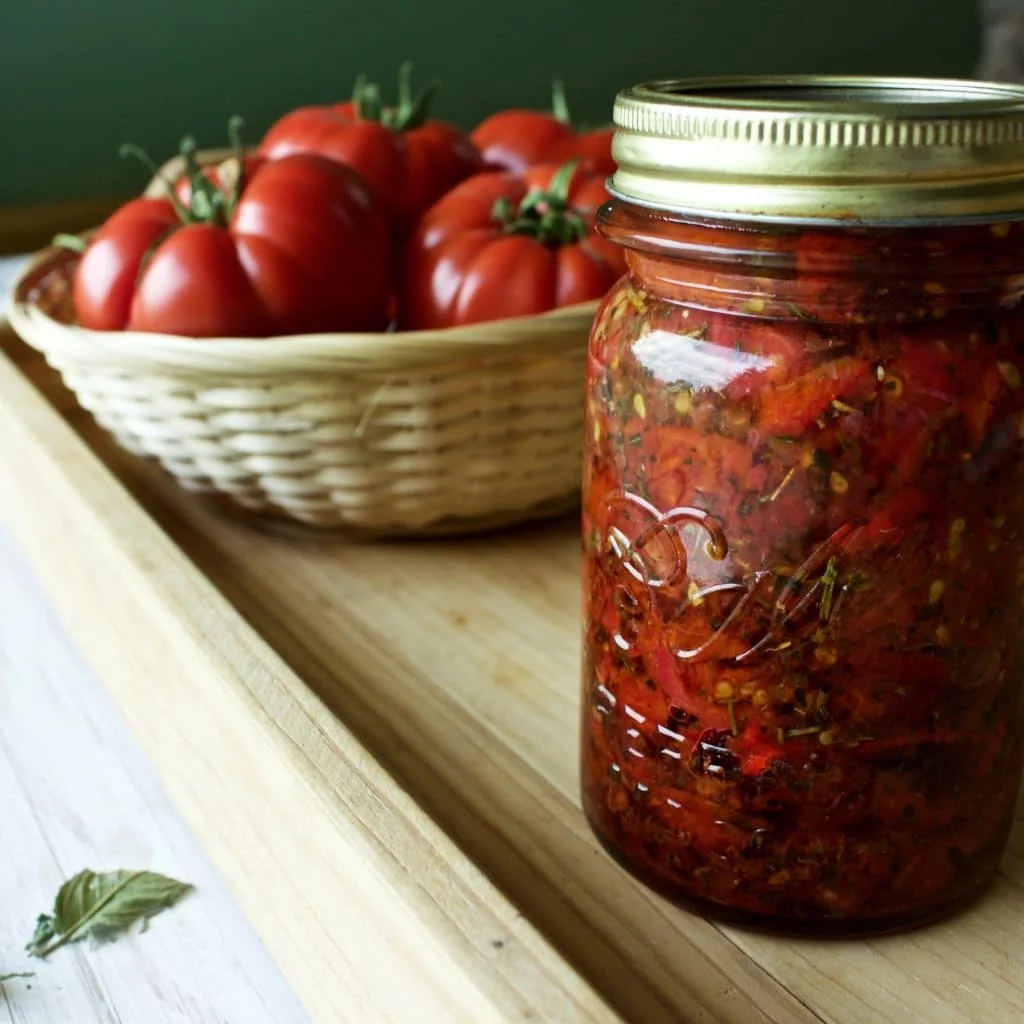
For home food preservers Freeze drying vs dehydrating boils down to a question of priorities. I was very enticed into freeze drying by two things.
The long term storage at room temperature was a huge plus for me as a home gardener with two already full freezers. I wanted to be able to store my crops in my store room safely and use them knowing they would not lose food value.
Also the high retention of nutrients really made the decision for me. Food preservation at home is a labor of love. It takes months of work every year with a large garden that is bringing in produce clear into Christmas from our greenhouse. I want the nutrients and flavor we labor for.
Freeze drying works well for that and for processing thousands of tomatoes and hundreds of peppers, not to mention wheel barrows of butternut, acorn squash and pumpkins into delicious and nutritious foods we love.
I have learned how to freeze dry so many products from our garden produce and look forward to trying out new recipes and ideas as time goes along. Currently, I’m very happy to have stored, banana powder, sliced strawberries, spaghetti sauce, spaghetti dinner, steak, hamburger, chicken, beef stew and lots of tomato puree, roasted peppers, salsa, guacamole, roasted pumpkin and butternut and much more. These are all delicious when reconstituted and make wonderful ingredients, condiments and side dishes by just adding water.
When you consider the ability to freeze dry and store meats, dairy, desserts and even freeze dried candy, It’s amazing the broad range of things you can do with a freeze dryer that make no sense for a food dehydrator. They are two completely different processes and they create very different food products with very different uses.
Freeze drying is an exciting new technology for the home that is barely explored at this point. Wait until home cooks get into freeze drying on a large scale. So many recipes are already starting to come out for freeze dried foods.
But freeze drying is not for everyone due to the cost. Food dehydrating is more approachable financially and an excellent method of food preservation. In its own way, food dehydrating creates unique and delicious foods that are wonderful and would be sorely missed if not found at the local grocer or in your pantry. Spices, Raisins, raisins, fruit leathers, and so much more are wonderful dehydrated foods. And when you have a garden, food dehydrating can be a lot of fun.
I do both and enjoy each one enormously.
If you have more questions about freeze drying start by reading all the posts I’ve written on this subject. Can’t find what you’re looking for? Want to add in your knowledge and experience about freeze drying vs dehydrating? please comment below. We love to chat with our readers!
Follow Us:
We enjoy meeting you on our social networks. Follow us on Facebook, Pinterest, Instagram . Tag us with your pictures of our recipes and comment on how it went for you. We would love to see what you do with them.
We often like, comment and share your posts of our recipes on our daily Instagram stories.
Ask questions and rate the recipe in the comments section below. Please share what you did with this recipe. We are always looking for more and better ways to make homemade food. Other cooks love your ideas!
Recent Posts:
